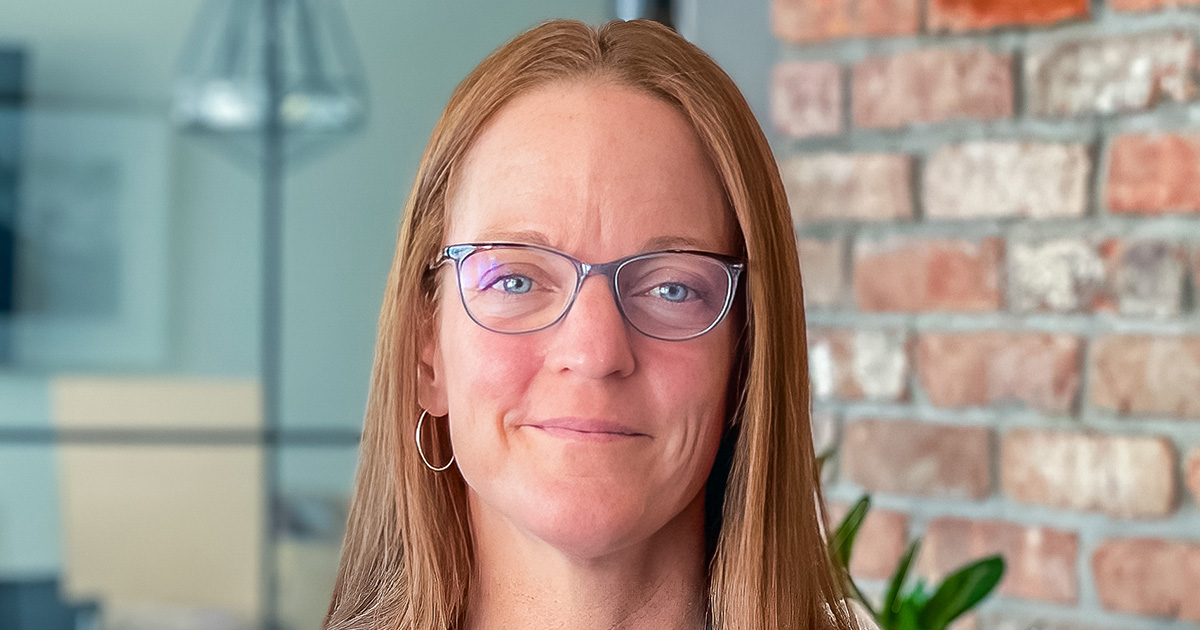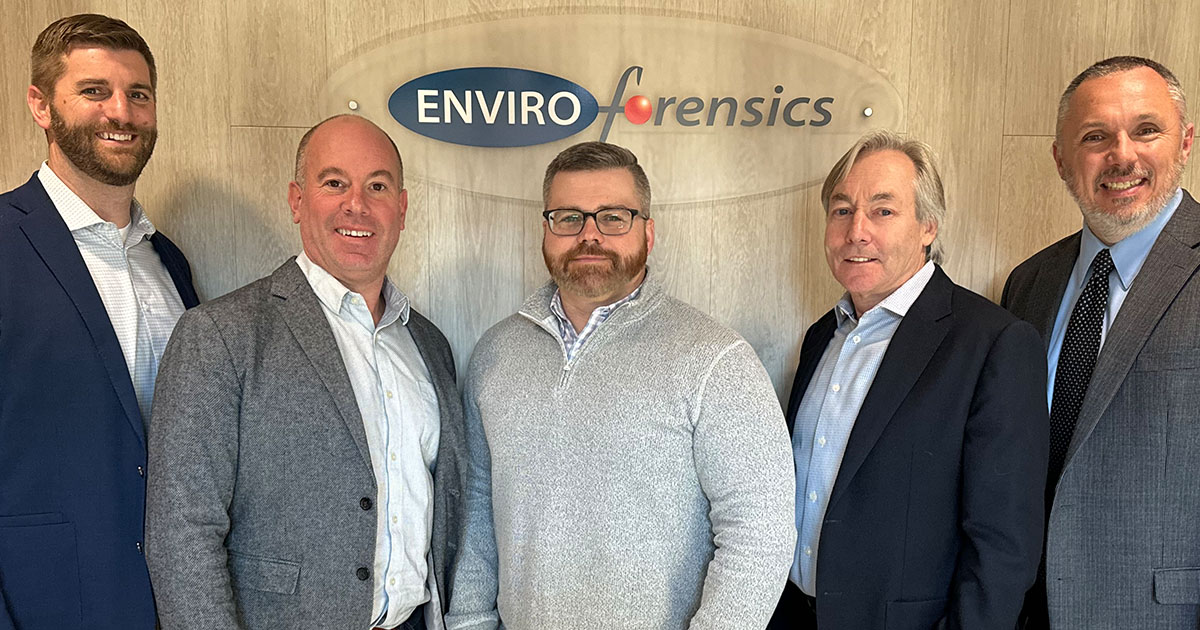Dry cleaners often live in a state of fear. Harsh chemicals used by these businesses can permeate the ground nearby, resulting in environmental problems that may lead to costly cleanup or litigation. Many business owners are in the dark when it comes to understanding what triggers an environmental investigation. For some, the best option is to simply look the other way.
What triggers an environmental investigation?
The most common triggering event is a requirement by a bank lending on the property. The property owner may want to refinance the property, or a prospective buyer of the property wants to obtain financing.
Other issues that can trigger environmental investigations include:
· Contamination being discovered in municipal or private drinking water wells
· Contamination being discovered beneath neighboring or down gradient properties
· Regional investigations conducted under the direction of state or federal regulatory agencies
How does this process begin?
When a bank evaluates whether or not to lend on a commercial property, they will require a Phase I Environmental Site Assessment (ESA). The Phase I ESA is a due diligence evaluation of the property to identify potential or existing environmental contamination liabilities. A Phase I ESA is conducted under guidelines established by ASTM International, an organization of engineers, scientists, and policymakers that set technical standards.
The consultant conducting the Phase I ESA will inspect the site for signs of staining, evidence of spills, stressed vegetation, determination of underground and above ground tanks, secondary containment, violations, and operating practices. They will evaluate records at the fire department, local health department, state environmental agencies, and federal EPA to determine whether fires or chemical spills were reported on the subject property or on neighboring properties. This review would also evaluate what businesses are operating in the vicinity that could cause environmental impacts that may impact the subject site. The past operation of certain types of businesses, including dry cleaners, automatically increases the chance that further ground testing will be required prior to lending.
New guidance passed in 2013 puts greater emphasis on assessing the potential impacts from vapor intrusion and vapor migration on the property. The definition of an environmental concern within the guidance has been changed to include contamination in the subsurface vapor phase, in addition to the soil and groundwater.
The net result of this new guidance will be an increased focus on dry cleaners that used perchloroethylene (PERC).
What happens after the Phase I ESA?
Should the Phase I ESA identify a reasonable potential that soil and groundwater may be impacted, the consultant will suggest conducting a Phase II ESA. A Phase II ESA includes collection of subsurface samples to determine whether the property has been impacted with chemicals that pose a risk to human health or the environment.
What does this mean?
PERC is a common dry cleaning solvent, which is why focus is placed on dry cleaners. When PERC is found in the groundwater, the situation escalates rapidly.
The State of California, for example, found levels of PERC in municipal drinking water wells and immediately sought to identify all dry cleaners that operated within a mile radius of the well for the previous 50 years. By using historical records, the address, name, and period of time a dry cleaner operated at a location can be identified.
If PERC, or any other contaminant is found in soil or groundwater during a Phase II ESA, the release is required to be reported to the state environmental agency. Subsequent investigations and, ultimately, remediation activities, are then required to be performed with oversight by the agency.
The term “release” will now also include identified impacts in the vapor phase (i.e. soil gas). The need to assess the subsurface vapor phase (soil gas phase) will likely result in increased sampling, which could lead to an increase in dry cleaner sites identified as potentially having releases from their operations.
What can you do?
All dry cleaners must understand how investigations are triggered and what to expect after, which is why locating the old commercial general liability (CGL) insurance policies is vital. Old CGL policies written before 1985 or 1986 don’t include absolute pollution exclusion language and can be used to defend the insured against contamination claims.
EnviroForensics is highly regarded for our expertise in chlorinated solvent contamination and vapor intrusion (VI) issues. If VI is a concern for your property, we encourage you to learn more.
To find out additional information about environmental remediation triggers and steps you can take to protect your business, contact us today.
EnviroForensics® is an environmental engineering firm specializing in soil and groundwater investigation and remediation and vapor intrusion assessment and mitigation. EnviroForensics® has all the tools available to us to perform the highest caliber science in the market today, which allows designing and implementing knowledgeable, innovative and effective solutions to PCE and TCE contamination. EnviroForensics® has pioneered and perfected the utilization of Commercial General Liability insurance policies as a resource to pay for the high costs associated with soil and groundwater investigations, remediation, and legal defense.



